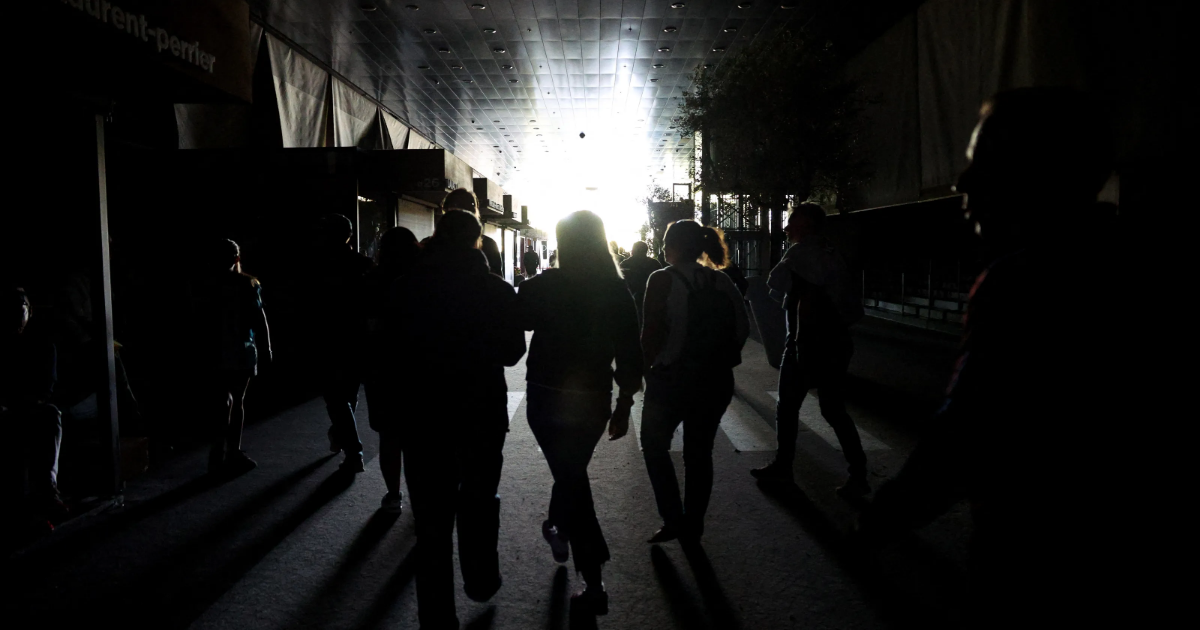- Millions were left without power across Europe, primarily in Spain.
- Induced atmospheric vibrations, caused by rapid temperature or wind speed changes, can impact power lines anywhere, including the U.S.
Preliminary reports out of Europe about the massive blackout that left millions powerless say the cause may have been something called “induced atmospheric vibration,” a rare phenomenon where weather changes affect power lines.
The outage was centered in Spain on Monday, where the lack of power caused widespread chaos. Renfe, Spain’s national railway company, said on social media that the “entire national electricity grid was cut off” at 12:30 local time.
It brought parts of Spain and Portugal to a standstill, grounding planes, halting public transport, and forcing some hospitals to suspend routine operations.
Portuguese energy company REN suggested that “due to extreme temperature variations in the interior of Spain, there were anomalous oscillations in the very high voltage lines (400 KV), a phenomenon known as ‘induced atmospheric vibration,'” according to a BBC.com report.
Could a similar power outage happen in US?
Spain’s Prime Minister Pedro Sánchez said a “strong oscillation” was behind the outage but said no conclusions about the cause could be determined yet,
Weather.com said.
AccuWeather meteorologist Dan DePodwin told USA TODAY that “induced atmospheric vibrations” are rare but can occur because of rapid changes in temperature or wind speed. “The atmosphere does something to induce vibrations in power lines, which can lead to outages,” he said.
He said that either quick temperature changes or an extended period of extreme temperatures can trigger the phenomenon.
DePodwin added that it can occur “anywhere there are transmission lines,” including here in the U.S.
Risks are known in the industry
According to the Guardian, the risks to electrical systems from big variations in temperatures are well known in the industry, even if it is rare for problems to reach this scale.
These variations cause synchronization failures between electrical systems, Forexlive.com News reported.
“Due to the variation of the temperature, the parameters of the conductor change slightly,” Taco Engelaar, managing director at Neara, a software provider to energy utilities, told the Guardian. “It creates an imbalance in the frequency.”
Contributing: Reuters
